There can be your advertisement
300x150
Beauty in Simplicity: Garden Path Design Ideas

1. Natural Stone
Stone is the most popular material for laying garden paths. It has proven itself due to such natural qualities as strength, durability and variety of shapes. Stone is natural, and everything related to nature is trendy today. Various types of stone are used to create interesting designs: these can be moderately large pebbles, fine gravel, slate or limestone.
Tip from InMyRoom: Stone is often used for paths that do not have straight lines. Using stones of different sizes, you can create entire compositions right in the middle of your plot. If you also sort them by color, the path will turn into a real mosaic canvas. Of course, this requires patience and good imagination.
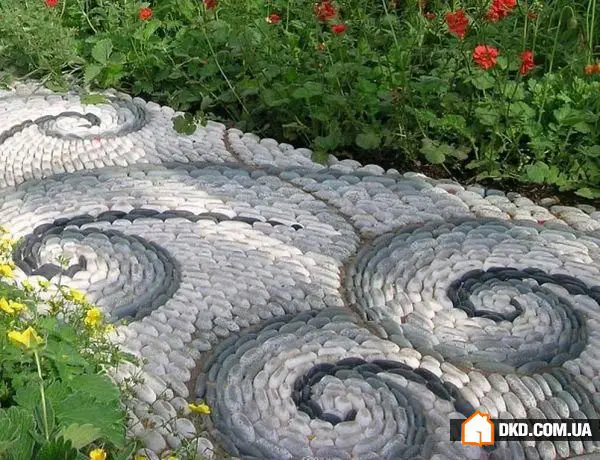
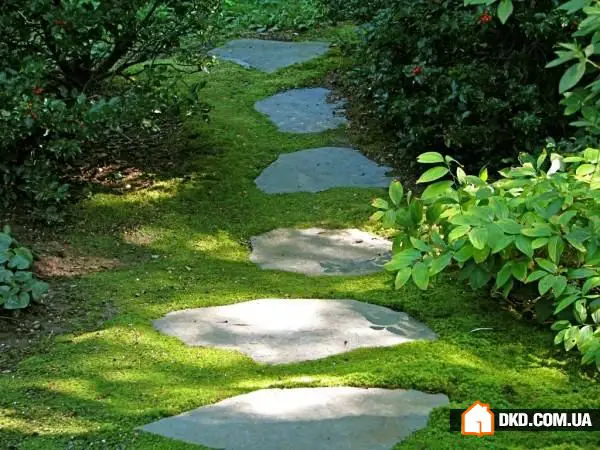


2. Pavers
Probably the simplest and most affordable material for garden paths. Thanks to various colors and shapes, one can play with the design a little, but its simplicity limits experimental possibilities. However, for those who value minimalism, strictness and tradition, pavers are an optimal choice.
Tip from InMyRoom: Use pavers for straight or slightly curved paths. Wavy trails with turns and branches will be harder to lay with pavers due to their clear lines and uniform shape. The material is laid tightly together, then tapped with a rubber mallet. When laying pavers, do not forget about the edging along the sides of the path.
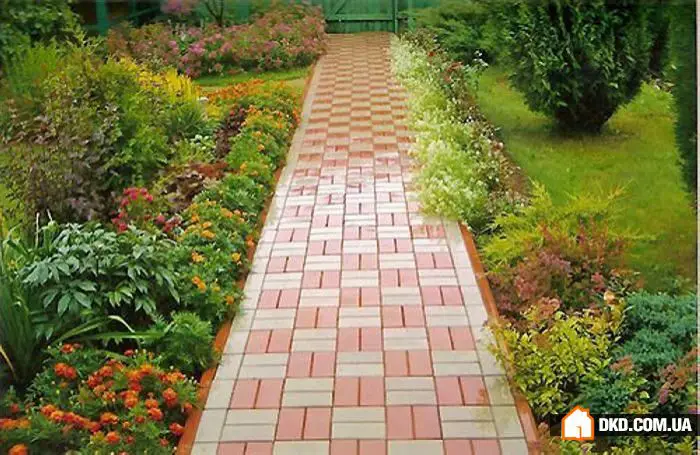

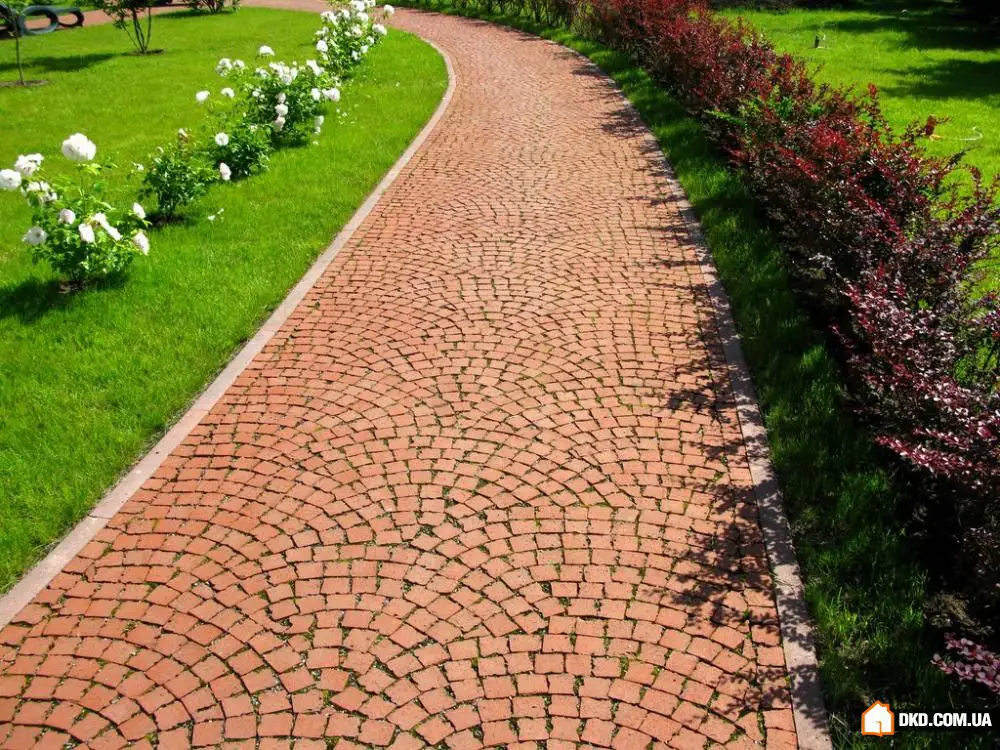
3. Wooden Path
What other material would look more appropriate in a garden than wood? There are many ways to use this natural and eco-friendly material in garden path design: these can be tree stumps, scattered wood chips, bark, deck boards or simply sleepers.
Tree stumps are often used in gardens. First, they look beautiful; second, they are budget-friendly: any wood that is dried or cut for some reason will do for such a trail.
Tip from InMyRoom:
Keep in mind that wood is a material prone to rot, so it must be treated with a protective composition before laying. By the way, wood and stone, as natural materials, pair well together. For example, a path made of stumps can be "spiced up" with fine gravel or, conversely, wood chips can be added between the pebbles. If you plan to change the direction of paths in the future, wood chips are easiest to turn around.
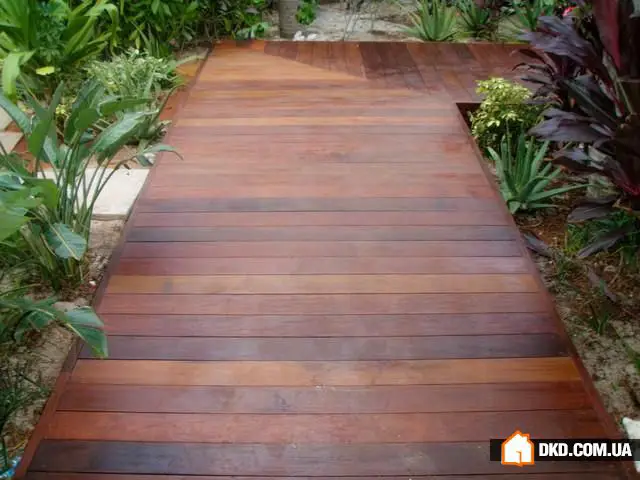
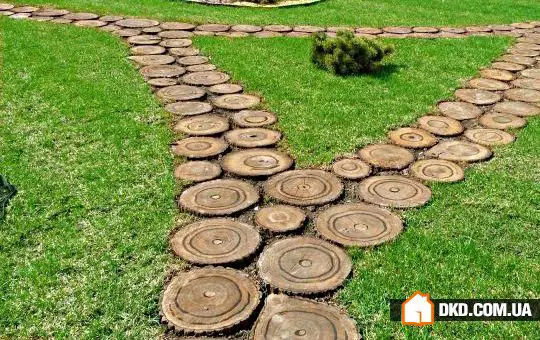



4. Concrete Molds
For those who want to make something beautiful but don't have the time or imagination for creation, construction material manufacturers offer molds for garden paths. The idea is to place the form where you plan to make the trail and fill the cavities with concrete. The mold acts as a kind of formwork, and the process resembles making children's gingerbread cookies. If you want something more original, try this option: take a large leaf, for example, burdock, spread cement mixture on it – it should not be too liquid – and let it dry. Then remove the leaf, and use the resulting concrete leaf-shaped slabs to lay the trail.
Tip from InMyRoom:
The shape of handmade slabs can be any – whatever your imagination suggests. Whatever you choose, it is important to properly prepare the ground before laying concrete molds: remove the turf, compact the soil, lay a sand cushion, and water the ground before pouring concrete.
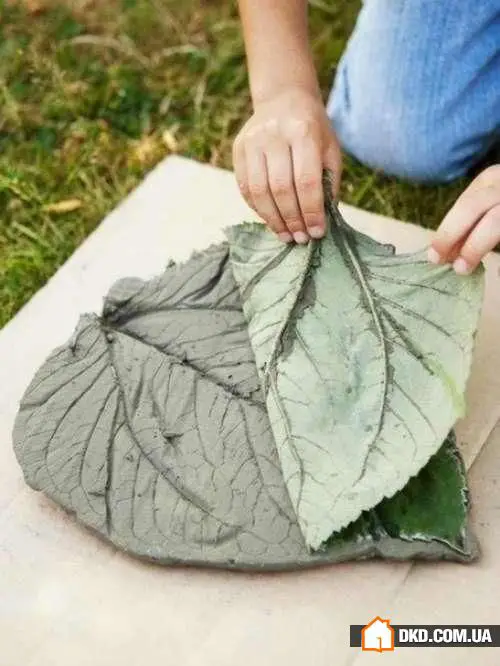

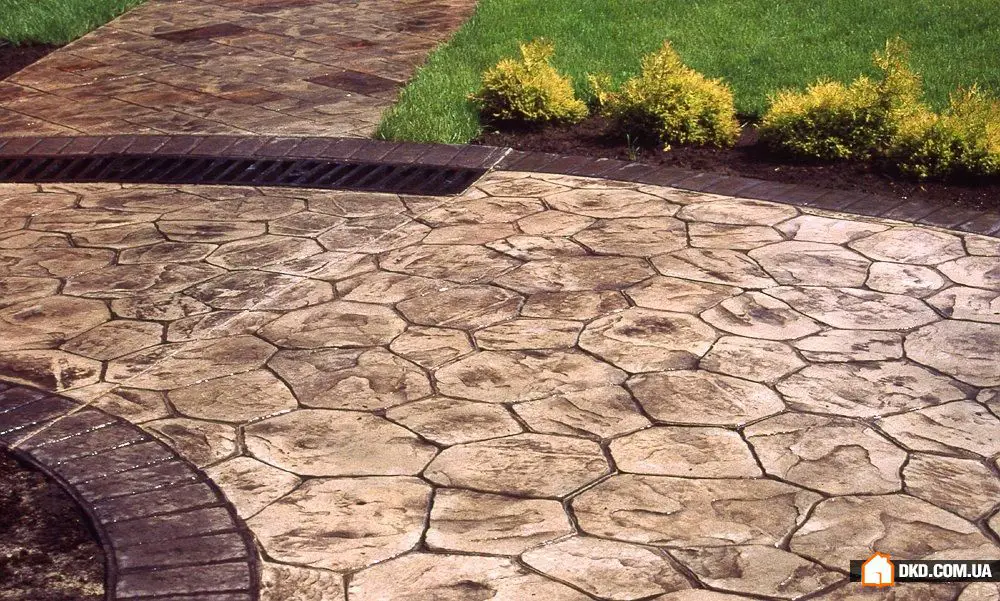

5. Yellow Brick Path
Remember the fairy tale of the Great and Terrible Wizard of Oz? Well, the girl Dorothy walked to see him on a path made of yellow bricks. You can make such a path in your garden too – for this, facing brick is used. It comes in various shapes: square, hexagon, rectangle. The color palette is also quite extensive. It looks elegant, but you need to understand that brick itself is an expensive material, so it won't be cheap.
Tip from InMyRoom: To extend the service life of facing brick, it should be coated with a sealer that protects against external influences and temperature fluctuations.


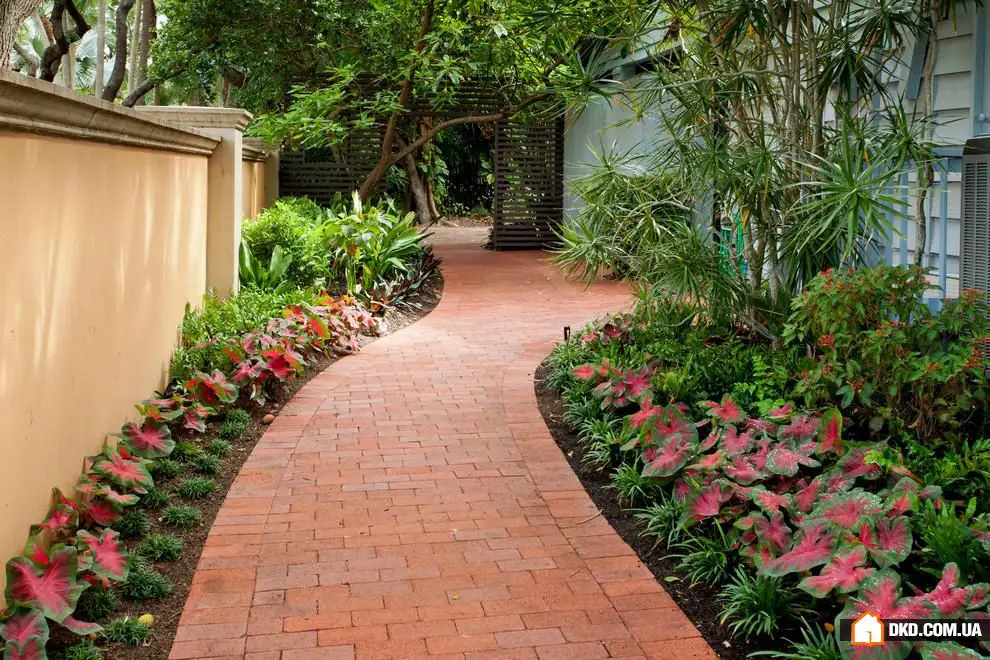
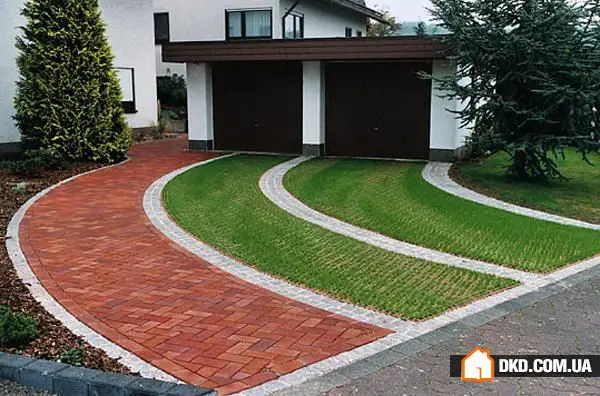
More articles:
 Repair in Practice: How to Repaint Ceramic Tiles
Repair in Practice: How to Repaint Ceramic Tiles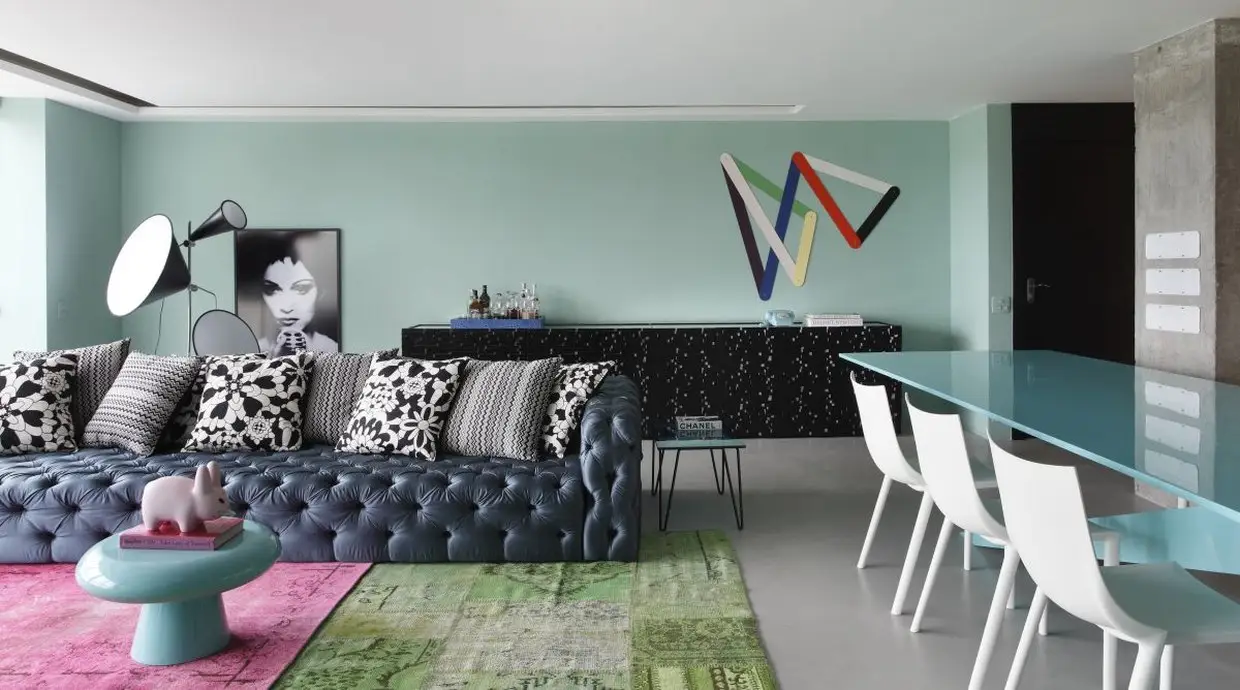 11 Interior Mistakes You Can Make
11 Interior Mistakes You Can Make The Perfect Wardrobe: 15 Practical Tips
The Perfect Wardrobe: 15 Practical Tips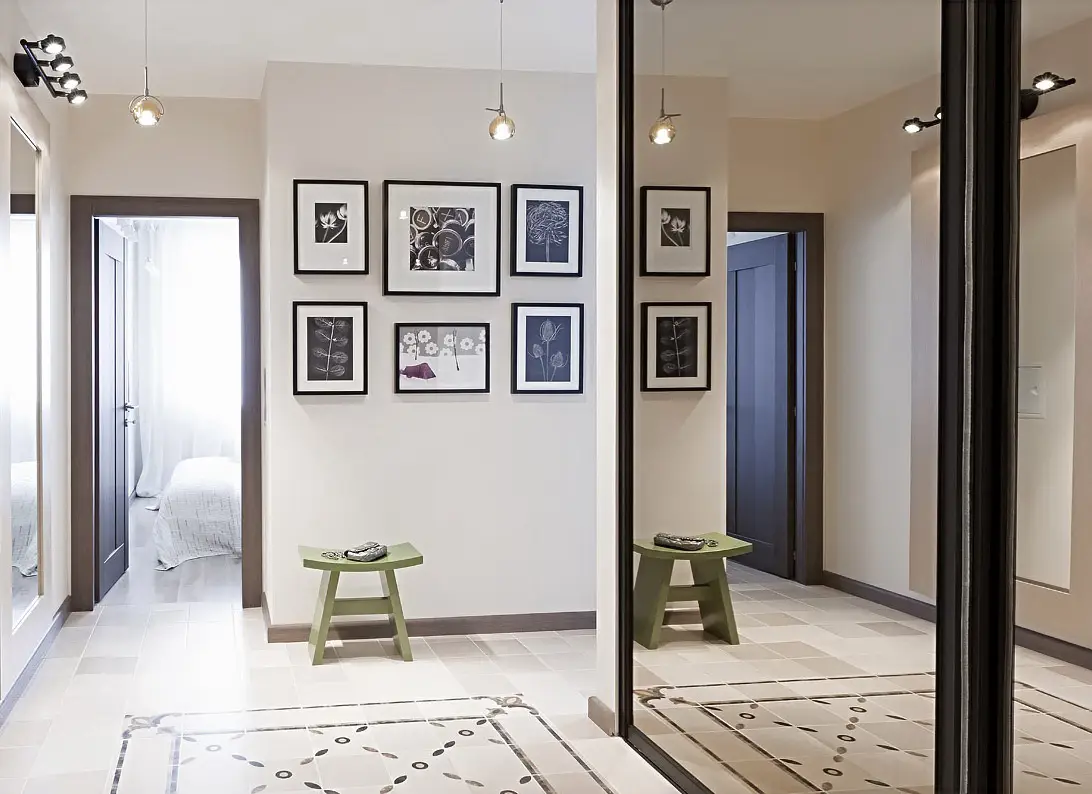 How Much Does It Cost to Renovate a Hallway: Budget-Friendly Tips
How Much Does It Cost to Renovate a Hallway: Budget-Friendly Tips Change This Immediately: 10 Interior Trends to Forget
Change This Immediately: 10 Interior Trends to Forget Small Spaces: 12 Tips for Owners of Tiny Apartments
Small Spaces: 12 Tips for Owners of Tiny Apartments 10 Ways to Refresh Your Living Room Over the Weekend: Tips from a Decorator
10 Ways to Refresh Your Living Room Over the Weekend: Tips from a Decorator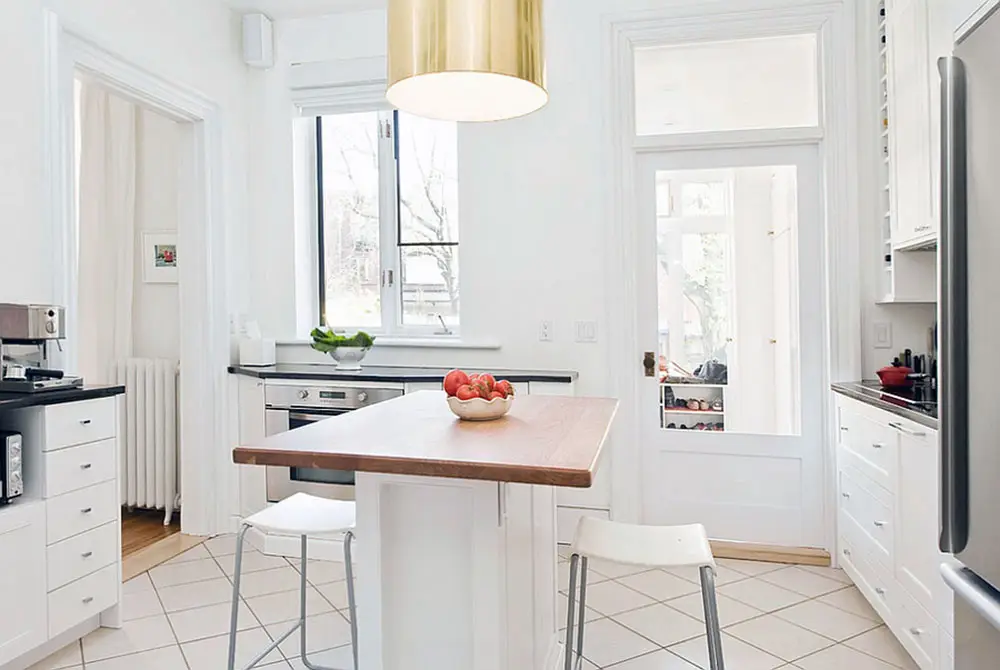 How to Arrange Kitchen Furniture: 7 Main Principles
How to Arrange Kitchen Furniture: 7 Main Principles